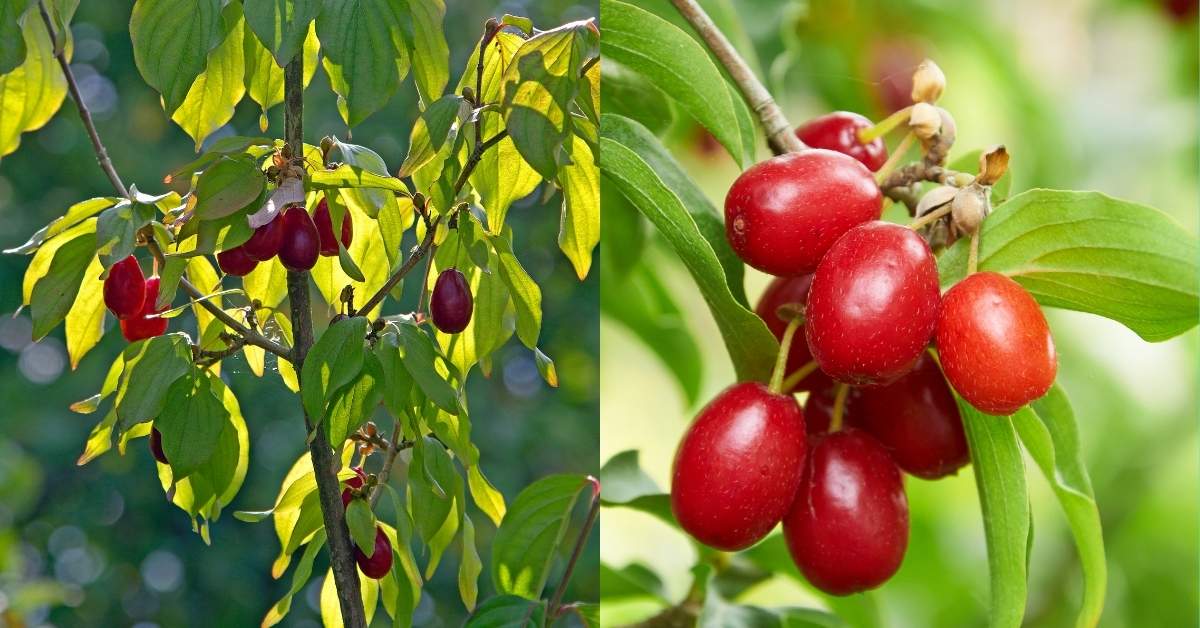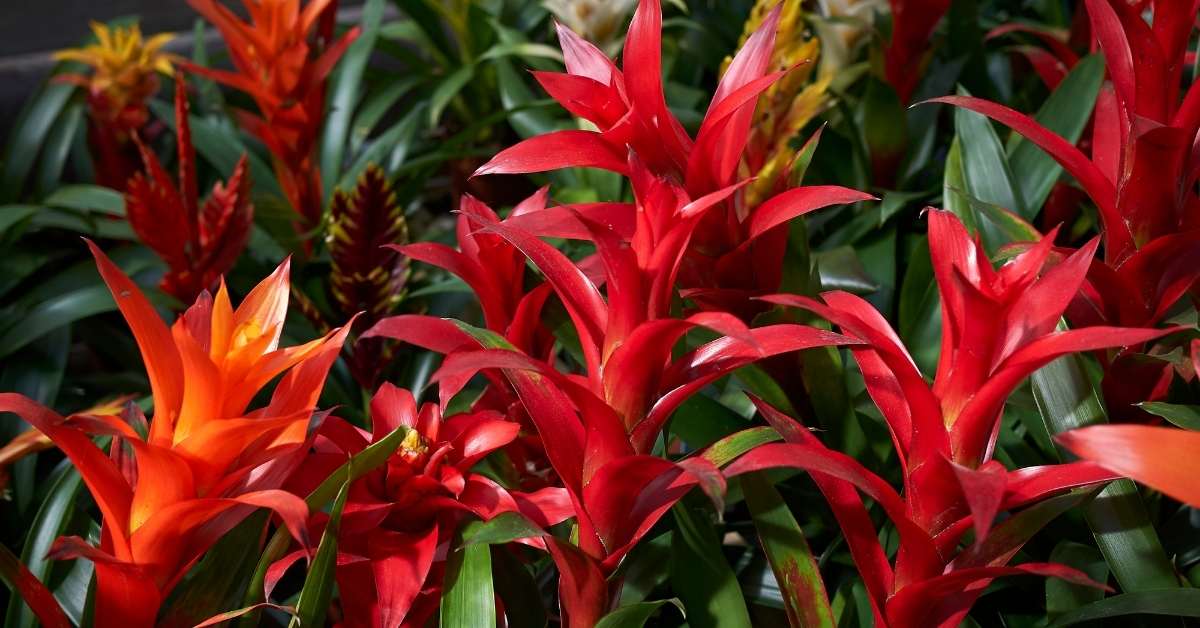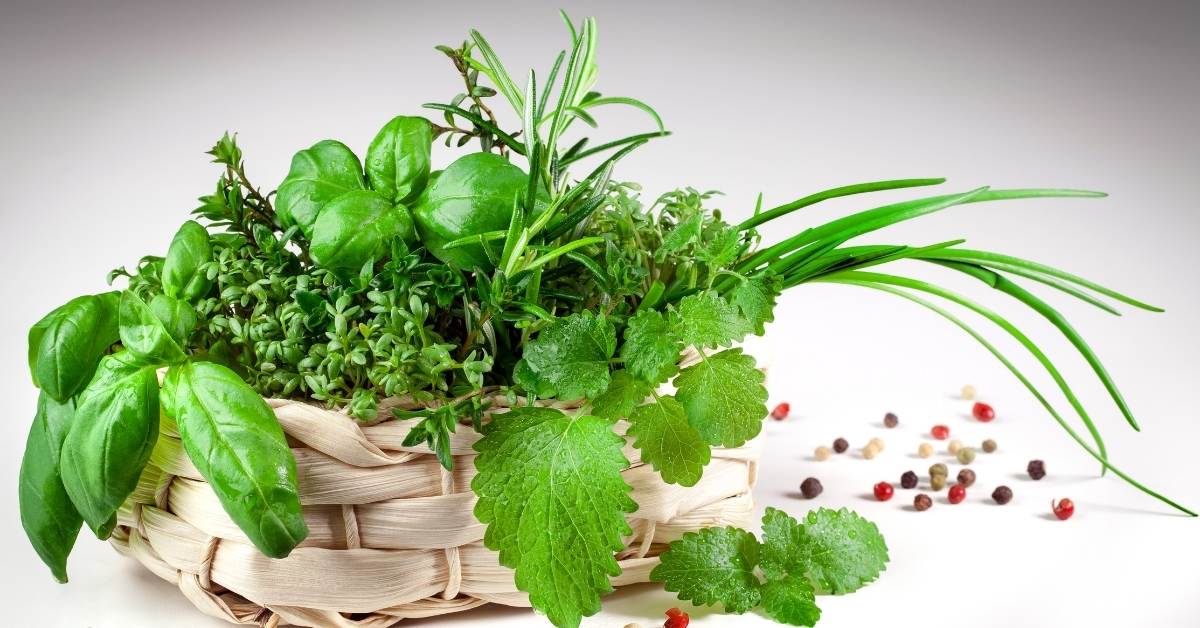If you’ve ever seen a gorgeous dogwood tree in bloom, that may be enough to send you on a mission to grow one in your yard. These long-time flowering favorites can be a real showstopper in your garden, and there are numerous colors to match virtually any palette.
How to Plant a Dogwood Tree
Read on to learn how to plant a dogwood tree and all the dogwood tree information you need to know to add this flowering ornamental species to your yard and have it thrive for decades to come, including dogwood tree planting and care tips. Please don’t forget to share it if you find the post useful!
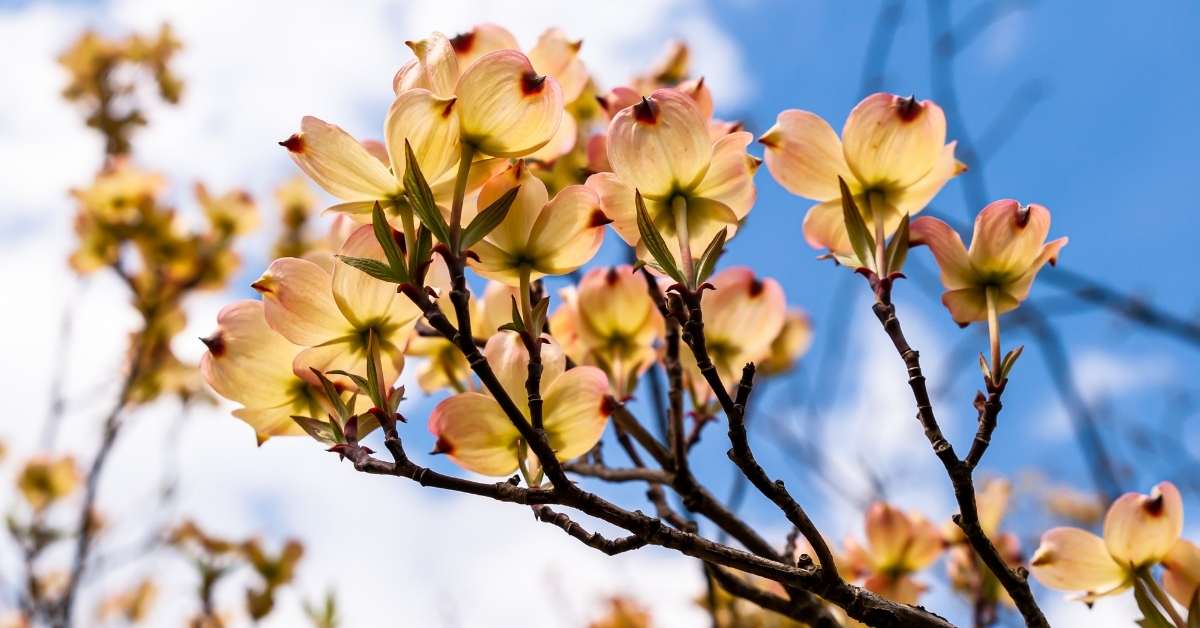
Where do dogwood trees grow?
As they are known in Latin, dogwood trees, or Cornus Florida, are native to the eastern half of the United States. Now, they can be found throughout the United States, but they are always associated with the American South, where they do exceptionally well.
You can find dogwood trees on public lands and in private gardens. They are a popular addition to many college campus landscaping schemes, perhaps because of their association with the welcome arrival of spring after a long winter. In some parts of the country, you can even still discover dogwood trees growing in the wild in forest lands.
How big do dogwood trees get?
Dogwood trees may reach a height of 25 to 30 feet, but the typical home garden tree is only 15 to 25 feet tall. One of the reasons why dogwoods are so popular among homeowners is because they don’t grow to the point where they’re challenging to manage or a danger to electricity lines or roofs.
When you plant a dogwood tree outside your window, you will be able to enjoy the blossoms when it is full-grown, and you won’t be staring at the trunk while the more decorative part of the tree towers over your home.
How fast does a dogwood tree grow?
Dogwood trees, when properly tended, grow at a rate of a little over one foot per year. This is another reason home gardeners favor them. If you plant a dogwood tree this year, you may be able to enjoy it as a full-size tree in about a decade. That’s a pretty short wait for such a beautiful addition to your garden.
How do you know where to plant dogwood trees?
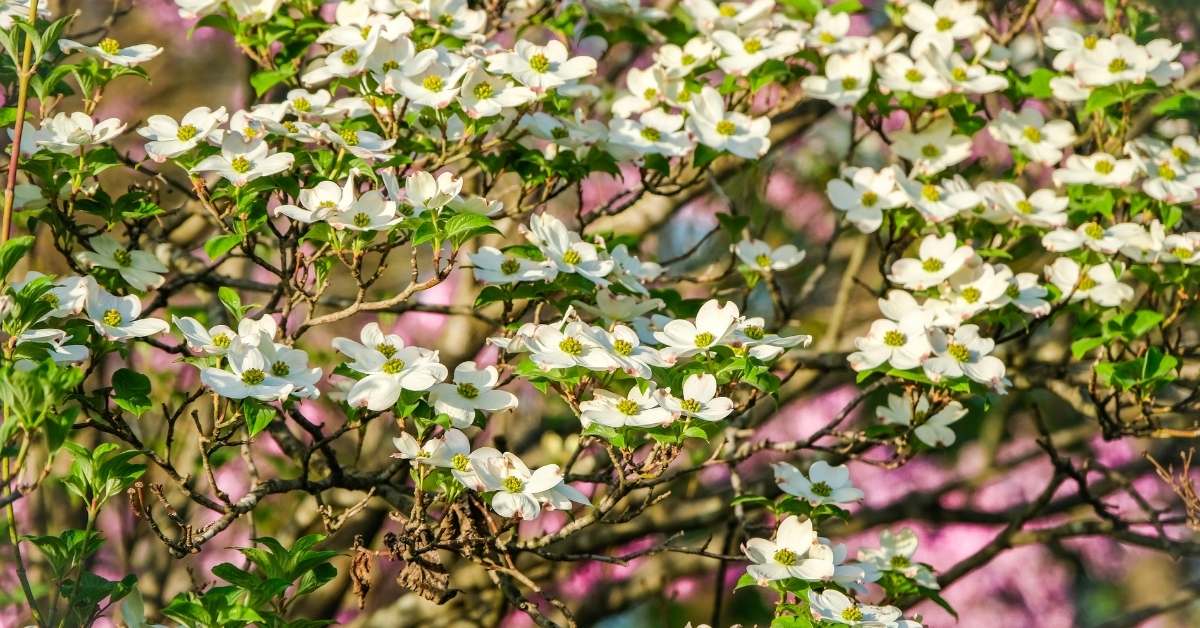
The most straightforward approach to determining where to put a dogwood tree in your yard is to replicate its native habitat as nearly as possible.
In their wild forest environment, dogwoods are understory trees. This implies that they grow alongside other trees. To mimic this natural protection, put your dogwood tree on the border of a clump of trees. Dogwoods and evergreens go well together, providing a beautiful background for the white or pink dogwood blooms in the spring and the purple leaves in the fall.
From this description, you probably guessed correctly that dogwoods do best in partial shade. While you can grow dogwood trees in both full sun and complete shade, an in-between location is ideal.
Too much shade, and you’ll experience poor flowering with your dogwood, while too much sun limits growth. Hot, dry locations also subject the tree to heat stress and make it more likely to fall victim to dogwood borers. You’ll have to water your tree quite a bit more too if you plant it in full sun.
What are some tips for how to grow a dogwood tree?
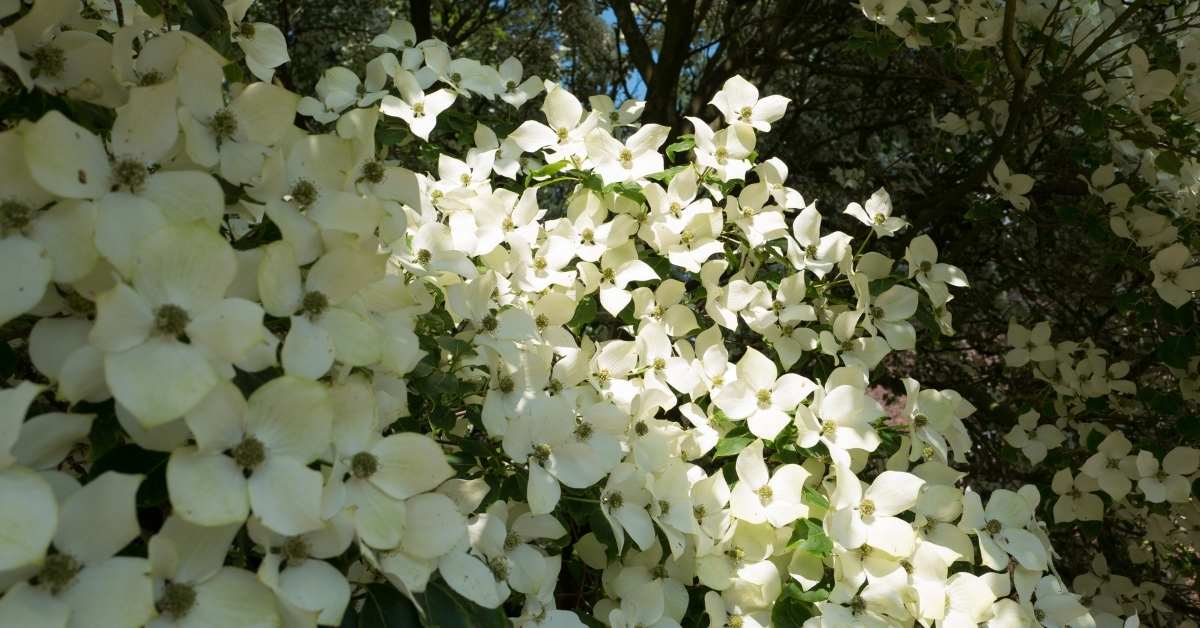
Look for healthy specimens. At the nursery, immature dogwood trees are available in a variety of packaging options. Trees that are bare root or burlap-wrapped should be planted in the late autumn or early spring, while those in pots may be placed whenever they can be watered.
Either way, look for sturdy, straight trunks without any damage and healthy-looking leaves with no brown or yellow spots. Check the bottom of trees in containers to make sure they are not root-bound; the ends of the roots shouldn’t be sticking out of the container in an attempt to find more space.
1. Pick the proper soil.
Dogwood trees need well-drained, humus soil that is ideally slightly acidic. With a kit bought at the nursery or online, you can simply test the pH of your soil. The soil quality shouldn’t be too sandy, nor should it be heavy clay.
Planting dogwood trees in clay soil!
Because clay soil holds water for too long, a dogwood tree planted in clay soil will ultimately rot and die.
Know that dogwood trees have roots that extend at least 12 inches below the plant and beyond the leaf canopy horizontally. If you make improvements to your soil for your tree, make sure it covers the entire area the tree’s roots will occupy when it mature. Read our Ultimate Guide for Having the Most Rewarding Soil.
2. Use the proper planting technique.
Plant your dogwood tree about two-thirds of the depth of the root ball. Leave the root ball’s very top exposed. Replace the soil around the root ball carefully and ensure the soil has been loosened to allow for good drainage around the roots. It’s that simple planting dogwood trees.
3. Mulch your dogwood tree.
Many gardeners find it helpful to mulch the area under the tree. This keeps weeds at bay, offers some nutrients to the soil as the mulch decomposes, and helps hold water during warm, dry spells. Don’t mulch all the way to the trunk of the tree; leave a few inches of space around the trunk mulch-free. You can prepare compost yourself using a chipper shredder.
4. Water your dogwood tree regularly.
Your dogwood tree will always need regular watering when it doesn’t rain, but it will be particularly susceptible to drying out when it is first planted. When you initially plant it, give it a thorough soaking to help it settle in. Then, water it on a regular basis after that, depending on your climate and natural precipitation. If there is no rain, it will likely need a good soaking to get the water down to the level of the ends of the roots, at least 12 inches.
5. Use judicious pruning
Dogwood trees typically don’t need a lot of pruning. Most gardeners usually find they prune their dogwoods solely for aesthetic reasons, such as a stray branch growing in the wrong direction. If you plant your dogwood far enough from any structures, you won’t have to worry about pruning to protect the roofline. Use a pruning saw to make any cuts, and step back to view your tree from a distance between cuts, so you don’t over-prune.
When to Prune Dogwood Tree?
Knowing when to prune a dogwood tree is an essential part of good dogwood trimming. Never trim a dogwood tree in the spring if you live in an area where boring insects are an issue. Pruning cuts produce wounds that offer an entrance site for these destructive insects.
Furthermore, pruning a tree when it is actively developing in the spring and summer causes the wounds to leak copious quantities of sticky sap. As a result, the ideal time to trim a dogwood tree is during the dormant season, which is late autumn and winter.
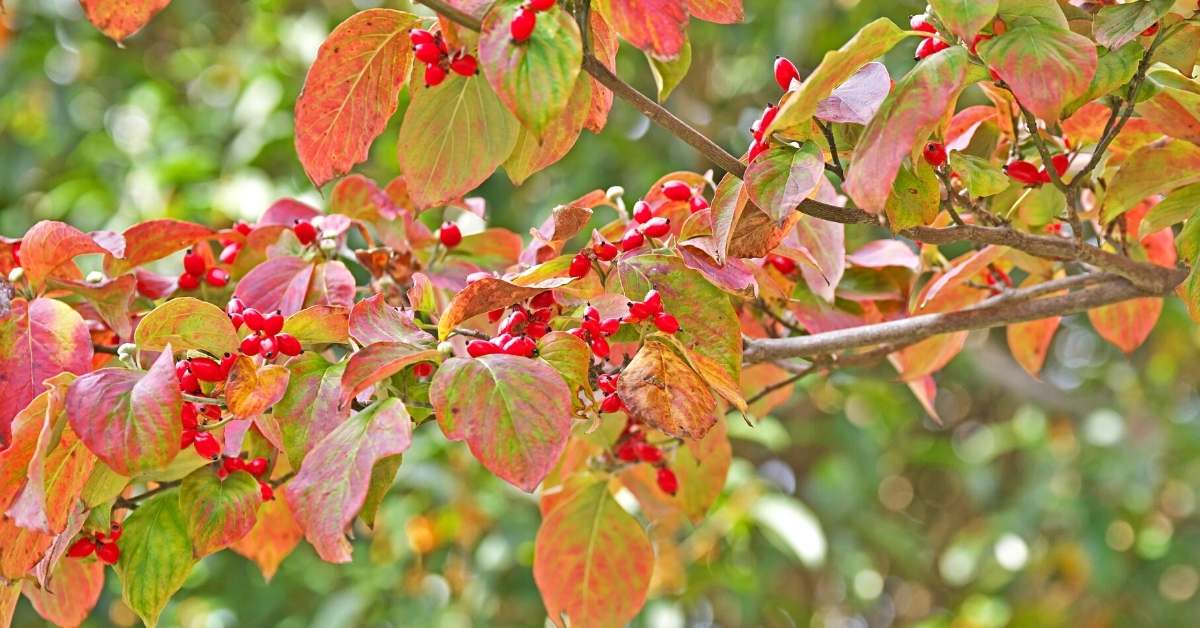
What Is the Best Way to Prune a Flowering Dogwood Tree?
When it comes to pruning dogwood trees in your yard, knowing when and how to prune a blooming dogwood tree is also beneficial. Remove any branches that are damaged, infected, or dead at the collar. These branches are unattractive, and they serve as a source of entrance for insects and disease.
To open up the canopy for improved air circulation and sunlight, remove undersized twigs and branches that distract from the form of the tree. Suckers near the base of a dogwood tree consume energy that the tree needs to develop properly. Remove them as near as possible to the roots.
A dogwood tree’s lowest branches may droop so low that you can’t mow beneath it or enjoy the shade it offers. Low-hanging branches should be pruned at the collar. When two branches cross and brush against one other, wounds form, allowing insects and illnesses to take root. The least acceptable of the two crossing branches should be removed.
6. Stake your tree if necessary
Some immature dogwood trees need staking the first season or two for support. This may be the case for your tree if you live in a windy area or if your tree is under four feet tall when first planted. Place the wires above the first level of branches so the trunk receives good support, but the top can sway in the wind, helping the tree build strength. Cover the wires with an old garden hose or a similar material so they don’t cut into the branches.
7. Don’t over-fertilize your dogwood tree.
Many gardeners feed their dogwood trees excessively because they believe they aren’t growing quickly enough or because they want them to grow quicker than they do naturally. You may apply an all-purpose fertilizer, such as a 16-4-8 mix if your dogwood really requires nourishment due to poor soil.
You will need about a one-half pound, or approximately one cup, of fertilizer for every inch of tree trunk diameter. Spread the fertilizer evenly throughout the root zone, avoiding getting it too near to the trunk.
8. Protect your tree from pests.
The most frequent insect problem you’ll come across is dogwood borers. The larvae enter the tree through the bark and eat it from the inside out. Protect your tree from dogwood borers by ensuring you don’t nick the bark with garden tools when doing yard maintenance or pruning.
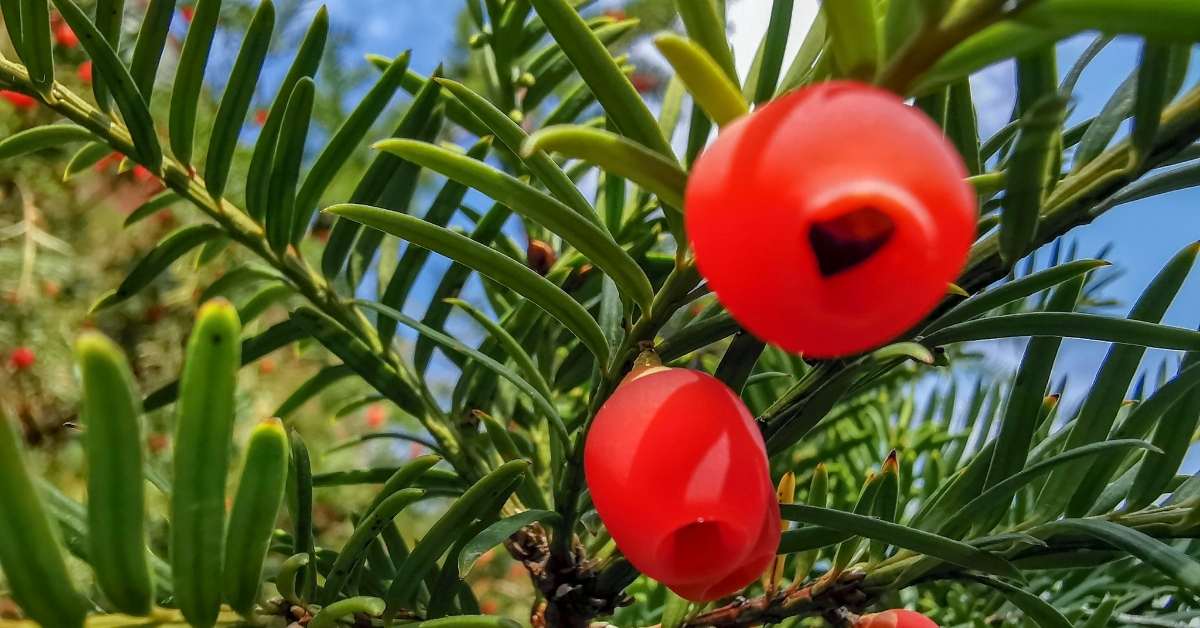
9. Are dogwood berries edible?
A dogwood tree blooms in the spring and has pink or white blossoms. Bright red berries emerge at the place where the leaves meet the branches in the autumn. Although dogwood berries are not poisonous when eaten, skin contact with the tree has been linked to rashes.
10. Try growing dogwood trees from seed.
If you enjoy your dogwood trees and want to grow more, you may start from seed, but keep in mind that they will nearly always produce white dogwood trees even if the seeds originate from a pink dogwood. The “flowers” that bloom in spring are really “bracts,” or colored leaves, with an actual yellow flower in the center. When these fall off, the tree starts to produce seeds that look like red berries and appear in the fall.
When the seeds begin to fall from the tree, they are mature enough to plant other trees.
Soak them for a week in a bucket of water to soften the pulp, then squeeze them to extract the seeds from the pulp. Discard any seeds that float to the top of the pail, and use the seeds that remain on the bottom. Nick each seed with a knife and plant them right away in the fall, protecting them from squirrels and other critters that might want to dig them up.
Many people who start with one dogwood tree find they can’t stop there and wind up planting many more. Follow the tips above, and you too can have a yard full of these flowering beauties!
